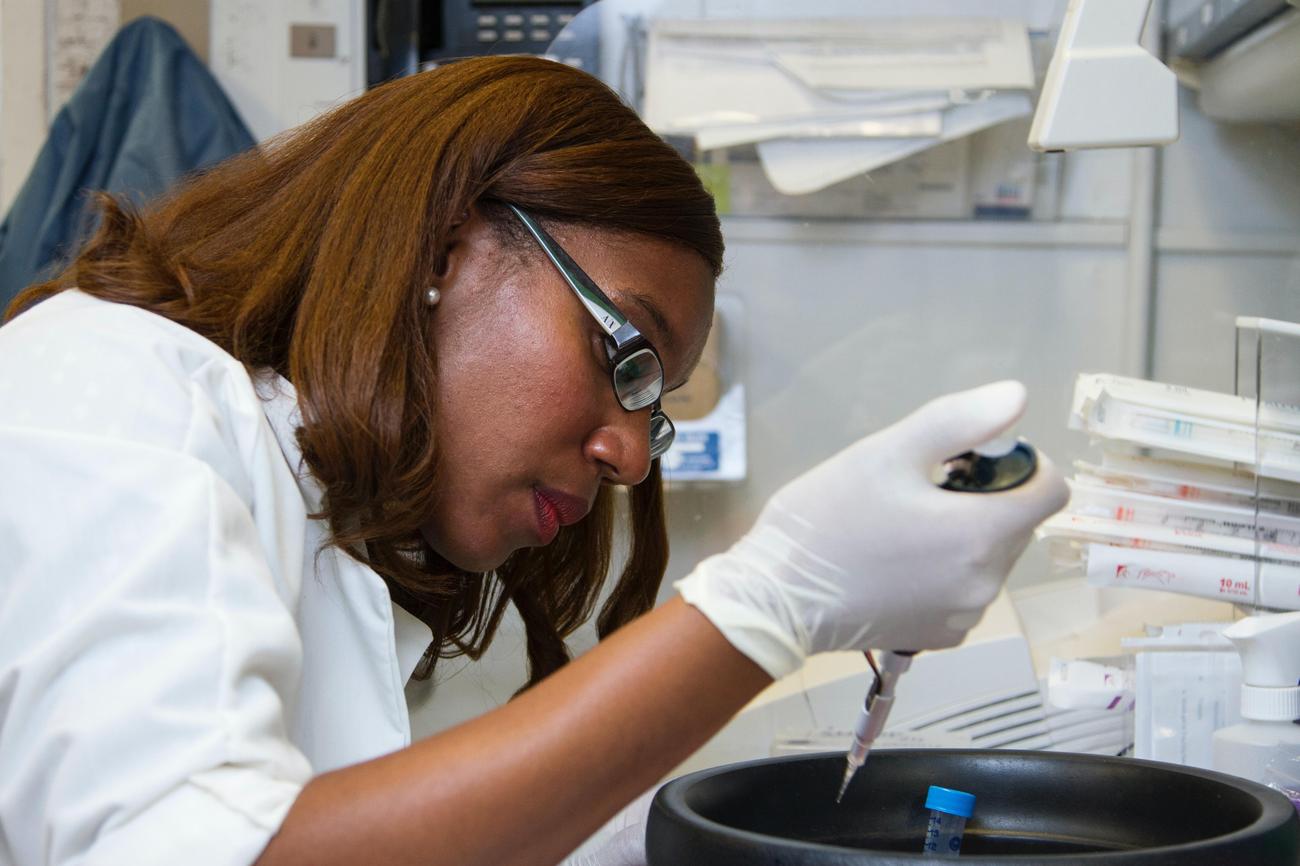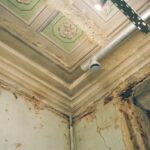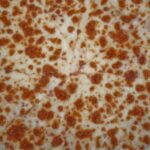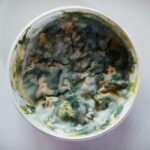Effective Mold Testing Methods: Protecting Indoor Air Quality

As concerns about the impact of indoor air quality on our health continue to grow, understanding how to test for mold has become crucial. Mold is a common problem in many buildings, and its presence can lead to a wide range of health issues, including allergies, respiratory problems, and even more severe conditions for those with compromised immune systems. To effectively protect indoor air quality, it is essential to employ reliable mold testing methods that can accurately identify and assess the presence of mold in our living and working environments. In this article, we will explore some of the most effective mold testing techniques and discuss their importance in safeguarding our well-being.
How to Test for Mold
As a homeowner, it’s crucial to prioritize the quality of your indoor air, and a crucial aspect of that is testing for mold. Mold can not only cause structural damage but also pose serious health risks for you and your family. In this article, we will explore effective methods for testing mold in your home, allowing you to take proactive measures in protecting your indoor air quality.
Visual Inspection: The First Step in Mold Testing
The first step in mold testing is learning to identify what mold looks like and performing a visual inspection in your home. Mold can thrive in damp and dark environments, such as basements, bathrooms, and crawl spaces. During the visual inspection, pay close attention to any discolored areas on your floorboards and walls, as this can be a sign of mold growth. Don’t forget to inspect the basement thoroughly and look under the crawl space if applicable. These areas are prone to moisture retention, making them ideal breeding grounds for mold.
Key Point: A comprehensive visual inspection is crucial to identify potential areas of mold growth in your home.
Diluted Bleach Test: A Simple Method to Determine Mold Presence
If you suspect mold in a specific area, you can conduct a diluted bleach test. Start by mixing one cup of bleach with one gallon of water. Apply this solution to the suspected mold-infested area and observe the reaction. If the discoloration disappears after a few minutes, it is likely mold. However, remember that this method only confirms the presence of mold and does not identify the specific type.
Key Point: The diluted bleach test is a quick and easy method to determine if mold is present in a specific area.
Using Test Kits: A Convenient Approach for Mold Testing
Another approach to test for mold is by using commercial test kits. These kits typically include swabs, tape, or petri dishes to collect samples. Follow the instructions carefully to collect the samples from areas showing signs of mold growth. After collecting the samples, seal them in airtight containers and send them to a laboratory for further analysis. The laboratory will identify the mold species present and provide you with a detailed report.
Key Point: Test kits offer a convenient way to collect mold samples for laboratory analysis, providing valuable insights into the type of mold present.
Mold Species Identification: The Importance of Laboratory Testing
To gain a comprehensive understanding of the mold in your home, laboratory testing is essential. Sending the collected samples to a laboratory will enable mold species identification, helping you determine the potential health risks associated with specific molds. This information is crucial for making informed decisions regarding remediation strategies and safeguarding the health of your household.
Key Point: Laboratory testing allows for accurate identification of mold species, providing valuable insights into the potential health risks they pose.
Professional Mold Testing: Expertise and Peace of Mind
While DIY mold testing methods can provide useful information, it is often worth considering professional mold testing services, especially for extensive mold issues or if you are uncertain about performing the tests yourself. Professional mold inspectors have extensive experience and expertise in mold testing, utilizing specialized equipment and techniques to provide a comprehensive assessment of your indoor air quality.
Key Point: Professional mold testing services offer expertise and peace of mind, particularly for complex or extensive mold issues.
In conclusion, testing for mold in your home is a crucial step in maintaining a safe and healthy indoor environment. By performing a visual inspection, conducting diluted bleach tests, using mold test kits, and engaging laboratory services for mold species identification, you can proactively protect your indoor air quality and ensure a healthy living space for you and your loved ones.
Remember, early detection and prompt remediation are key to mitigating the effects of mold on your health and property. So, be proactive and empower yourself with the knowledge and tools to keep mold at bay.
Key Point: Regular mold testing and prompt remediation are essential for maintaining a healthy indoor environment. Stay proactive and prioritize the well-being of your home and family.
Mold is a common problem that many homeowners face, but did you know there are some fascinating facts about it? If you’re curious to learn more about the ins and outs of mold, we’ve got you covered. Check out these “10 facts about mold” that will leave you amazed and informed. Just click here to uncover the secrets: 10 facts about mold. Don’t miss out on this opportunity to expand your knowledge and protect your home from this pesky issue.
3. Is Mold Testing Really Necessary?
[youtube v=”5FHXGq4YmE0″]
In the pursuit of a mold-free environment, many people wonder if mold testing is truly necessary. However, experts in the field assert that focusing on eliminating mold and resolving water issues is far more crucial than conducting mold tests. Regardless of the type or quantity, any mold can pose health risks to individuals with mold sensitivities. Therefore, rather than seeking further information about mold through testing, it is of utmost importance to address the root cause of mold growth – water problems.
Mold thrives in environments with excess moisture, such as areas affected by leaks, floods, or condensation. It doesn’t matter if the mold is black or of any other color; any indoor mold growth can create problems. Instead of relying on mold testing, one can simply document the mold or water problem through photographs and written descriptions. In most cases, it becomes the responsibility of the building owner to rectify any water-related issues that contribute to mold growth.
For those seeking more information about mold in their homes, the California Department of Public Health’s website provides valuable resources on mold-related topics at cdph.ca.gov/mold.
Overall, the key takeaway is that mold testing may not be necessary. However, proactive actions such as fixing water problems and promptly remedying mold growth are crucial for maintaining a healthy indoor environment.
“Eliminating mold and addressing water problems should be the primary focus for those concerned about mold, rather than relying on mold testing.”
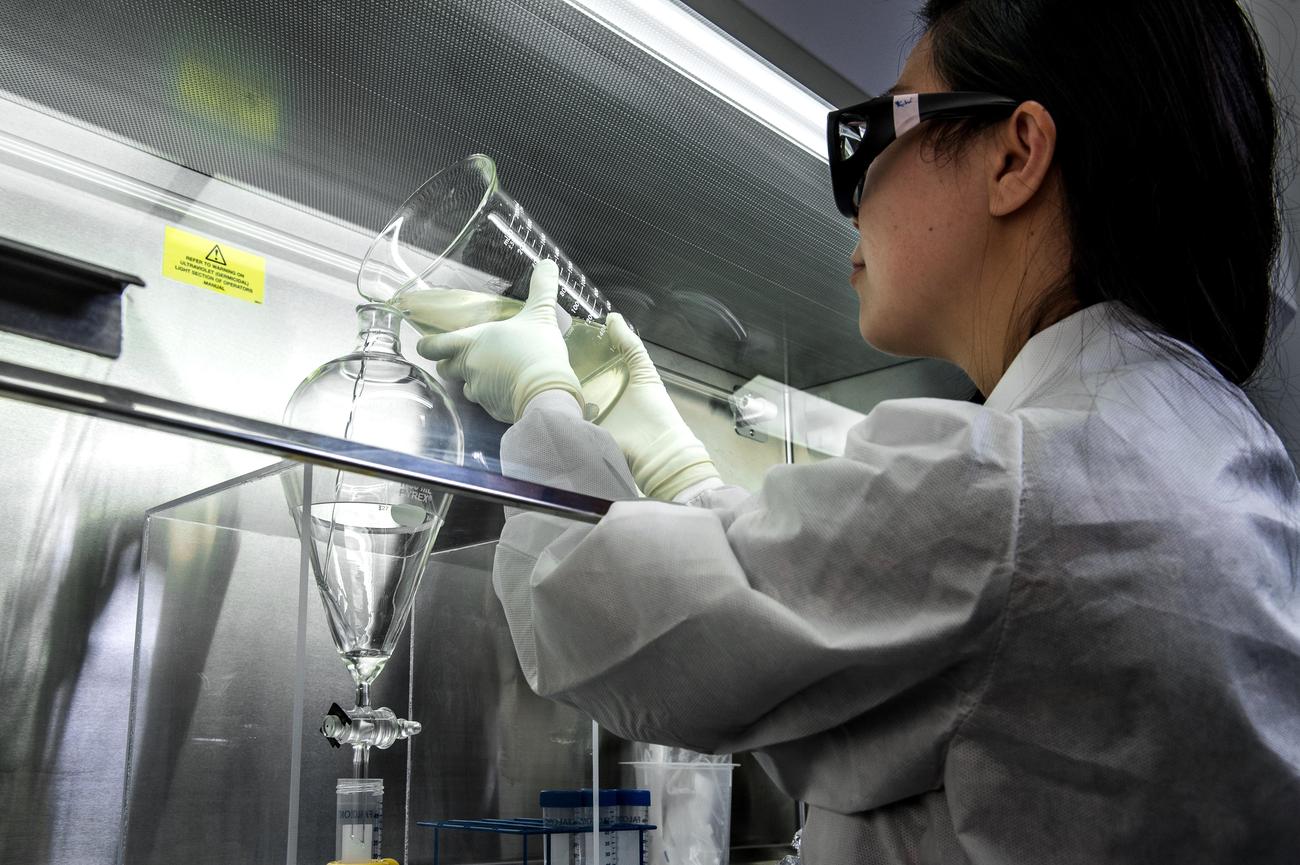
FAQ
Q: What are the signs that indicate the presence of mold in my home during a visual inspection?
A: During a visual inspection, signs of mold may include visible mold growth, a musty odor, water stains, peeling paint, or discolored walls or ceilings.
Q: How can I perform a diluted bleach test on suspected mold?
A: To perform a diluted bleach test, mix one part bleach with ten parts water and apply the mixture to a small area of the suspected mold. If the mold lightens or disappears after a few minutes, it may indicate the presence of mold.
Q: Should I buy a mold test kit to determine if there is mold in my home?
A: Mold test kits can be useful for preliminary testing, but they may not provide accurate or comprehensive results. It is recommended to consult with a professional to conduct a thorough inspection and testing.
Q: How do I collect mold samples for laboratory testing?
A: To collect mold samples, wear protective gloves and use a clean container. Gently scrape or swipe the suspected mold area and place the sample in the container. Ensure the sample is properly sealed before sending it to a laboratory for analysis.
Q: What should I look for during a visual inspection in the basement or crawl space?
A: During a visual inspection, check for signs of excessive moisture, such as water stains, discoloration, or a musty odor. Inspect the walls, floors, and ceilings for any visible mold growth, and also check under carpets, behind insulation, and around plumbing fixtures.
- Star Ring Trends: Etsy vs Amazon - March 28, 2025
- Boost Pollinator Habitats: Baby Blue Eyes Sustainable Farming Guide - March 28, 2025
- Protect Big Black Bears: Effective Conservation Strategies - March 28, 2025
